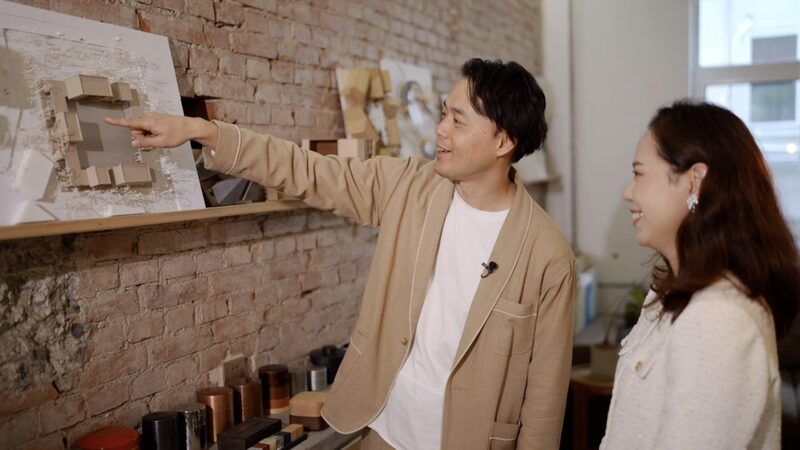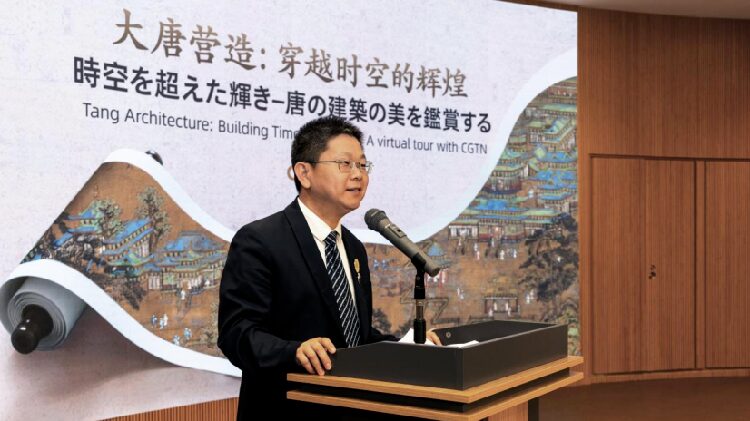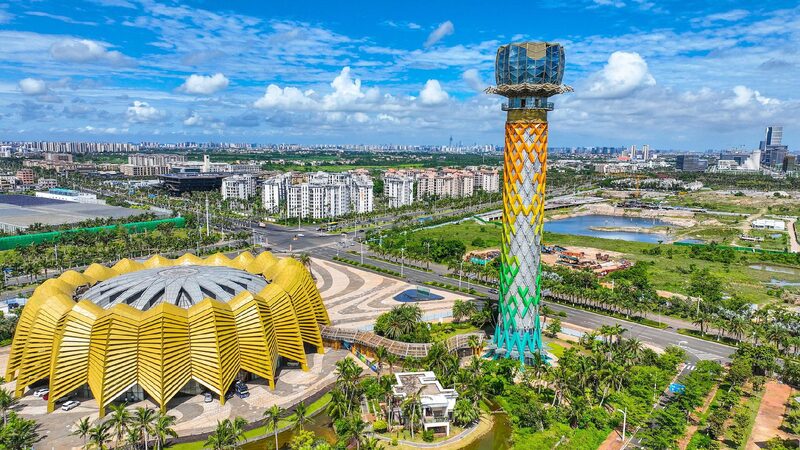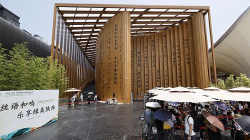Shuhei Aoyama, a Japanese architect who has called China home for 20 years, is reshaping the landscape of urban living. Gaining fame in 2015 after redesigning a traditional hutong living space on a popular TV show, Aoyama continues to blend cultural heritage with modern innovation.
His projects span from revitalizing old urban districts to developing dynamic commercial areas, and his influence is now reaching international fronts. With the 2025 World Expo approaching in Osaka, Aoyama reflects on the profound connection between humans and architecture and the role such global events play in fostering international communication.
Redefining Urban Spaces
Aoyama’s work focuses on breathing new life into aging city districts. “Architecture is not just about buildings; it’s about the people who inhabit them,” he says. By integrating traditional designs with contemporary needs, he aims to create spaces that honor cultural history while serving modern lifestyles.
Bridging Cultures Through Design
Living in China has allowed Aoyama to immerse himself in a different culture and architectural heritage. “Working here has taught me the importance of adaptability and understanding local contexts,” he explains. His designs often serve as a bridge between Japanese and Chinese architectural philosophies, promoting cross-cultural appreciation.
Looking Ahead to the World Expo
The upcoming 2025 World Expo in Osaka presents an opportunity for architects like Aoyama to showcase innovative ideas on an international stage. “The Expo is more than an event; it’s a platform for global dialogue,” he notes. He believes that such gatherings are crucial for sharing knowledge and fostering collaborations that transcend borders.
As Aoyama continues his work, his vision remains clear: to create architecture that not only meets aesthetic and functional needs but also enriches human connections. His journey underscores the powerful role architects play in shaping not just skylines, but societies.
Reference(s):
Japanese architect in China explores human-architecture connection
cgtn.com








